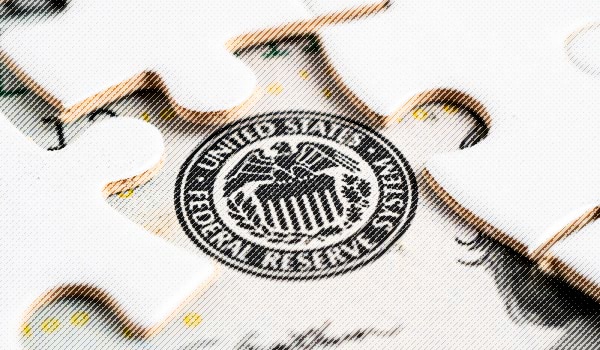Underscoring its broad usage, Alexander Yokum, regional bank analyst at CFRA, said the FedWatch tool has become an essential gauge to help him predict banks’ future growth, as set by their loan portfolio’s health and the future performance of credit markets, among other things.
He is closely watching it to see where overnight rates will head in coming months as their level will impact how certain institutions in the U.S. banking sector will perform.
“Everything depends on the Fed Funds rate as loans are tied to it,” Yokum confirmed. “That is where bond-term duration, liquidity risks and deposit costs come into play. If rates stay the same, banks will have greater funding pressures but if they fall, they could help alleviate some of the deposit flights we have seen in the industry” as their asset values will improve and liquidity constraints lessen.
Yokum also uses the FedWatch tool to assess potential bank defaults should credit markets deteriorate.
“Higher rates make loans harder to pay which means more potential defaults” affecting lenders’ credit quality portfolio.
Mortgages are a case in point. “There is much less demand for mortgages right now. Banks make money by refinancing and very few people want to refinance as they would have to pay more for a new loan.”
Image and article originally from www.cmegroup.com. Read the original article here.

